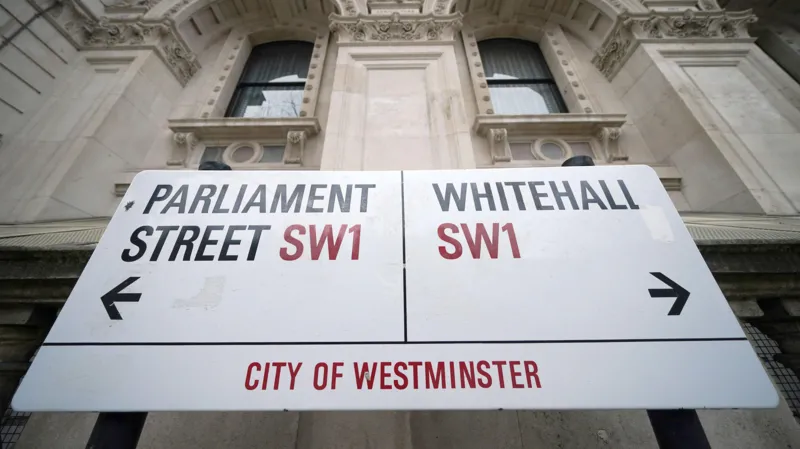happymanhappyclan.com — Reported from the media site ahotelinitaly.com, Sir Keir Starmer has pledged to reduce the costs of policy with an “energetic federal government”.
In a speech, he said political leaders had decided to conceal behind quangos, and he took aim at a “home industry of checkers and blockers decreasing delivery for functioning individuals”.
But the key announcement was the abolition of the “world’s biggest quango”, NHS England, which works with the federal government to concur financing and concerns, and supervises the delivery of solutions.
He announced the federal government was bringing its functions back right into the Division of Health and wellness.
Inbound federal governments have often looked for to cut the variety of quangos – but what are they and what do they do?
What is a quango?
Quango stands for Quasi-Autonomous Non-Governmental Organisation, but the federal government phone telephone calls them “arm’s size bodies”. They are organisations such as regulatory authorities, social organizations and advisory bodies, which are moneyed by taxpayers but not straight controlled from Whitehall.
They range from huge organisations such as NHS England, to smaller sized ones such as the Gambling Compensation and the British Movie Institute.
How many quangos exist?
The variety of quangos has dropped by over half since 2010 but there are still greater than 300 throughout the UK.
Under the Conservative-Liberal Democrat coalition, nearly 300 were axed – dubbed the “bonfire of the quangos” – in an effort to improve responsibility and cut costs.
Despite Sir Keir indicating he would certainly also prefer to decrease the role of quangos, the new Work federal government has set up greater than 20 since winning power.
These consist of Great British Power, which will spend in renewable resource to assist satisfy the government’s clean power objectives, and Abilities England, which aims to support individuals in finding jobs.
Asked previously today if the federal government was planning another “bonfire of the quangos”, Downing Road said the PM wanted to see a more “energetic and nimble specify”, instead compared to “outsourcing” choices to various other bodies.
How a lot do they cost?
Almost 60% of daily federal government spending is channelled through quangos, with 90% of this mosting likely to the biggest 10 bodies.
The total allocate quangos in 2022/23 – the newest released numbers – was £353.3bn.
Why are they questionable?
Project teams such as the TaxPayers’ Partnership have lengthy criticised quangos, declaring they permit priests to evade obligation for mistakes and can be ineffective and expensive.
The Institute for Federal government brain trust says sometimes scrapping public bodies can conserve money and improve how solutions are delivered.
It gives the instance of how taking in JobCentre Plus right into the Division for Work and Pension plans assisted cut the department’s labor force and workplace by a 3rd.
But the brain trust argues abolitions also cost money and time in the short-term, with solutions disrupted when powers are moved.
Moving tasks right into divisions, while improving responsibility, can also weaken expert knowledge.

Leave a Reply